If a product launches without a demand gen campaign, will sufficient demand for it materialize? Oddly, in classical economics, the answer would have been “yes.”
Say’s Law — aka “Supply creates its own demand” — posits that creating a product also creates a market for it. The fact that something is for sale is treated as evidence of corresponding customer demand.
The two big (and shaky) assumptions here are that 1) sellers only create items that will reliably sell and 2) buyers are always motivated to purchase them, lest their money depreciate in value.
But in the context of modern marketing, the answer to our original question is “no.” Demand must be proactively created — with demand generation marketing.
What is demand generation marketing?
Demand generation marketing is the comprehensive set of practices for sparking brand awareness and kindling interest in products and services among high-fit prospects, and then nurturing and retaining their business. Without it, potential customers can and will misunderstand (or just ignore) both your brand and what you make, and just save their money.
Drift helpfully summarizes how demand generation marketing fits into sales and marketing initiatives in general:
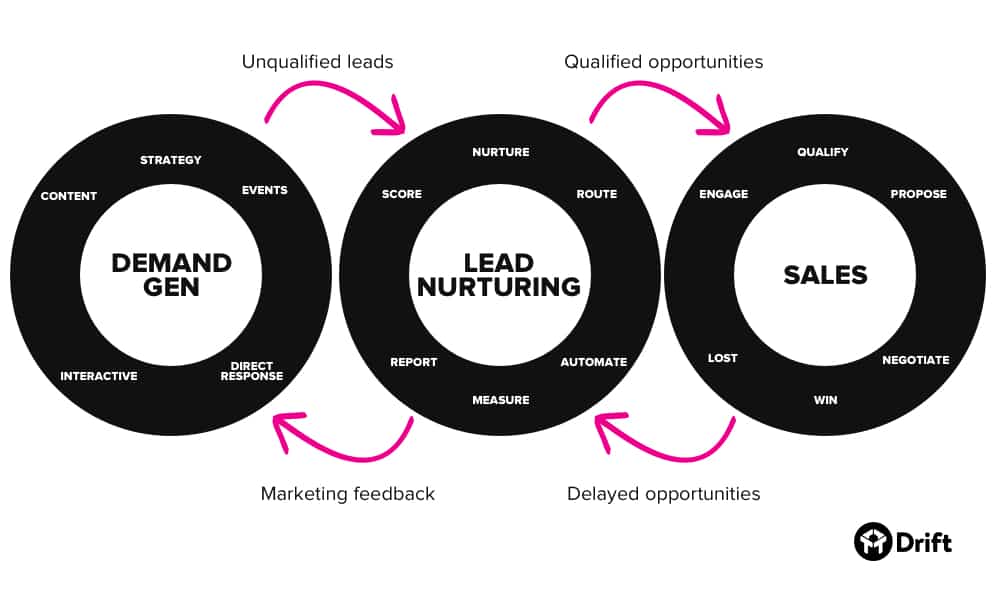
As we can see, demand gen provides integral support to sales and marketing efforts through a combination of content (like blogs and email newsletters), strategy (think SEO and inbounding marketing) and events (for example, webinars or one-time promos). Together, these demand gen methods are designed to continuously attract potential customers and power the whole sales cycle.
Demand generation marketing is necessary because, Contrary to Say’s Law, customer demand doesn’t spontaneously appear. Instead, it comes from the concerted and continuous effort of marketers and salespeople. It’s demand that creates its own supply — by generating the revenue necessary for sustaining a business — not the other way around.
Evaluating demand generation campaigns
To expand upon what Drift’s graphic is highlighting about lead nurturing and sales, the success of a demand gen campaign is usually assessed in reference to the following KPIs:
- Marketing qualified leads (MQLs) that convert: An MQL is a prospect qualified for lead nurturing. By tracking how many of them eventually convert (i.e., lead conversion rate), you can see whether your demand generation programs are targeting the right audiences.
- Conversion rate per channel: Not all of your demand gen marketing channels will be equally effective. Accordingly, pay attention to how many MQLs became sales qualified leads (SQLs) and segment actual customers by each channel, so you know where to focus your content marketing efforts.
- Cost per acquisition (CPA): How much are you spending — on ads, content marketing, etc. — to acquire a new customer? A high CPA can make your marketing initiatives unsustainable if it’s not more than offset by subsequent customer revenue.
- Customer lifetime value (CLV): Speaking of which, CLV is integral to recouping your marketing spend and then some. CLV is the measure of the average profit a customer will provide over the course of their business relationship with your brand. It’s effectively a measure of how well you can retain customers and deliver a valuable experience to them.
- Sales cycle duration: Overly long sales cycles can drain your marketing budget while increasing the risk of a customer failing to convert. Shorter sales cycles, with prospects passed on to sales as SQLs, are ideal.
A truly successful demand gen effort should create demand from customers as well as revenue from sales. To deliver both, demand generation activity may take many forms, from email marketing campaigns and downloadable gated content assets, to online savings calculators and renewal reminders.
Demand gen in action
What does an effective demand gen marketing effort look like? Let’s say you’d signed up for a free trial of Stadia, Google’s game streaming service. But maybe you forgot about it after a few weeks, and then received this email:
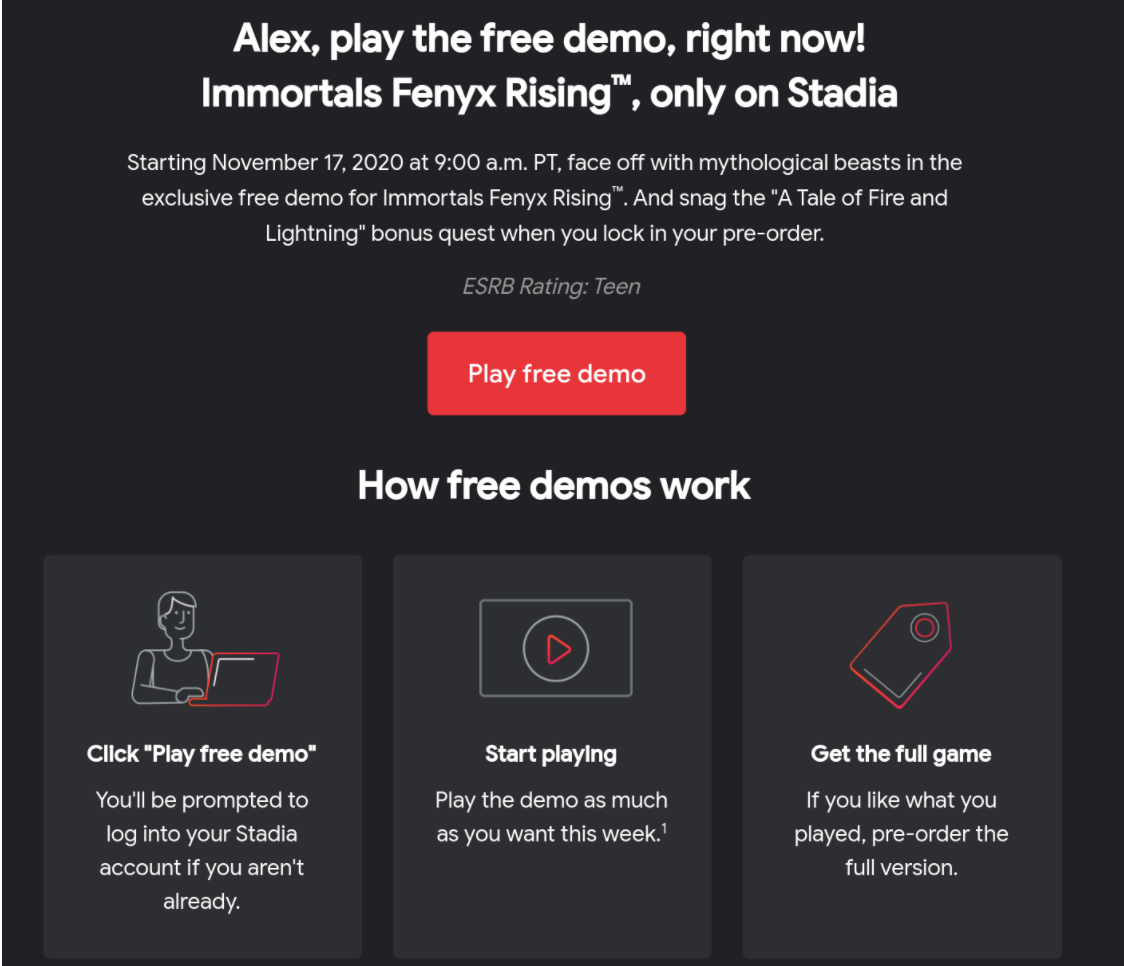
The email works on several levels:
- First, it reinforces brand awareness through the “only on Stadia” messaging, emphasizing Stadia’s status as the only platform on which to play this title, and only presenting the demo as a form of gated content — you need a Stadia account already in order to play it.
- Next, it clearly lays out the next steps in the buyer’s journey, with the “Play free demo” button and “bonus quest” incentive for a paid pre-order. These touches are meant to boost demand for a specific product, in this case “Immortals Fenyx Rising.”
- Finally, it charts how the entire demo-to-purchase process works. Language like “free,” “as much as you want” and “if you like” is quintessential demand generation marketing speak, since it makes the customer feel like they’re being given something but not overly pressured to buy anything.
With this demand gen message, the customer being targeted (me) is someone who is still relatively early on in the buyer’s journey and considering whether or not to lock in a subscription to Stadia. But demand gen campaigns can be tailored to audiences at any stage of the buyer’s journey, as this email might be equally useful as a way to upsell a longtime subscriber by further exploring demos.
Demand generation marketing and the buyer’s journey
The buyer’s journey is the progression from general awareness of a need that a product or service might solve, to the specific decision-making point of choosing one option over another.
Generating demand and converting it into revenue requires close collaboration between marketing teams and salespeople throughout this journey, as this image illustrates (annotations added):
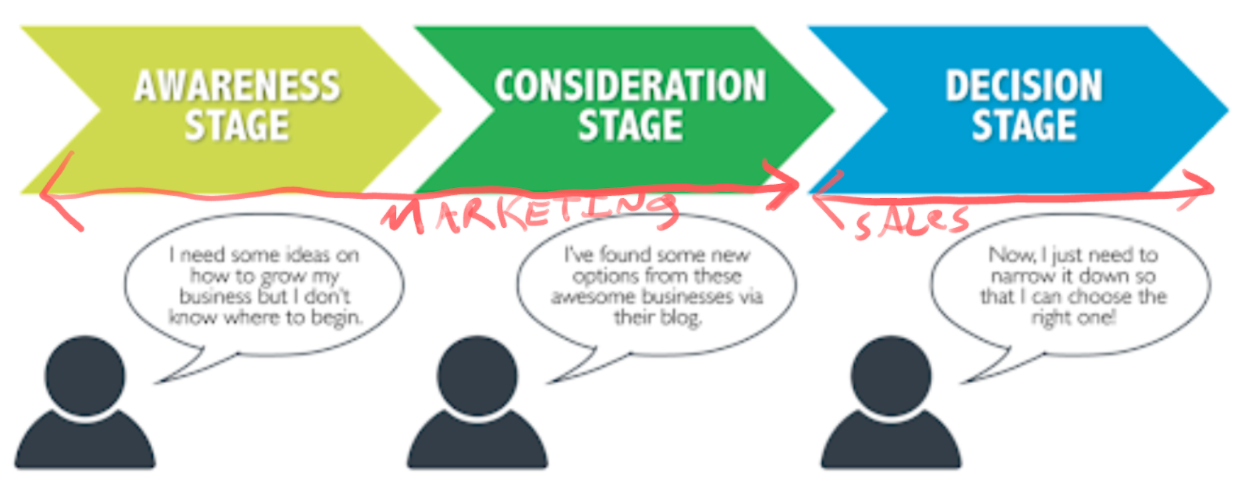
Note the “via their blog” bit in the consideration stage.
It’s typical for demand generation efforts to begin with paid advertising like PPC on Google to create brand awareness, and then move toward inbound marketing tactics like SEO-optimized blog posts to capture prospects and set them up for lead nurturing and ultimate conversion by sales.
HubSpot, the biggest name in inbound marketing, shows how demand generation marketing can be fine-tuned to target multiple audiences at once. The blog excerpt below, particularly the sentence beginning “If you…,” doubles as a soft pitch to people considering HubSpot and a retention message to existing customers.
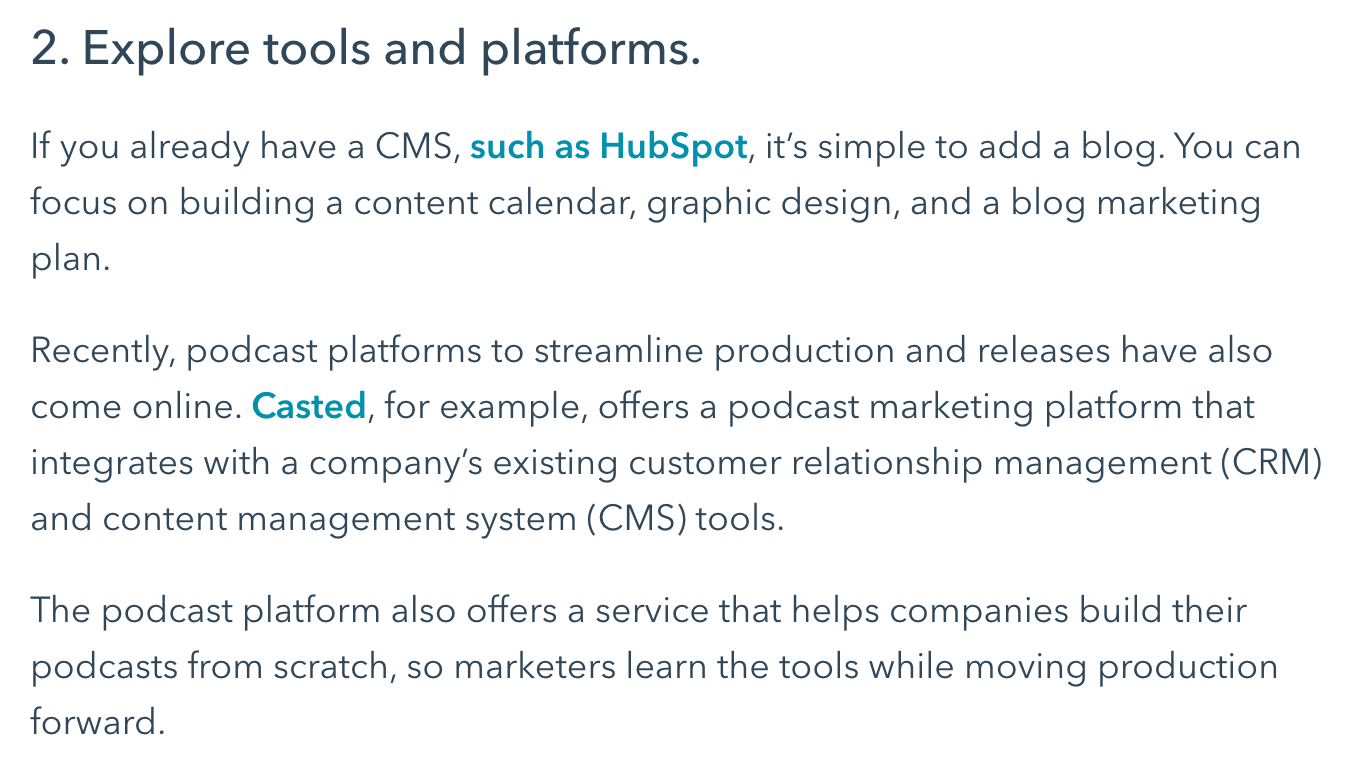
The latter audience can read about the benefits of features they already have access to. At the same time, they get to see the HubSpot team as thought leaders, who are experts in the larger marketing automation tool landscape — not just their own platform — and trusted to provide useful guidance on what to buy.
The 4 functions of demand gen, and how campaigns fulfill them
B2C and B2B marketers may direct their demand generation campaigns at everyone, whether anonymous potential customers visiting their websites or loyal long-time buyers open to upsells. These demand generation marketing efforts generally serve one or more of four core functions.
Let’s look at each one, along with some real-world examples.
1. Building brand awareness
Customers must know that your brand exists — i.e., have brand awareness — before they can have any relationship with it. Accordingly, a demand generation program might be calibrated to introduce an audience to a brand’s identity and what they can specifically expect from its products and services.
This demand gen campaign from Adobe Creative Cloud combines a visual representation of Adobe’s brand identity — the infinity sign-shaped cloud logo, meant to show that the software in question is both cloud-based and always accessible — with a variety of product-specific rundowns.

This approach to demand generation marketing helps customers associate the Adobe Creative Cloud logo and brand with how the capabilities of its individual applications address common needs, from website design to document signing.
For another approach to generating demand through brand awareness, take a look at this infographic excerpt from Zoom.

The branding is clear (“Zoom + Chorus,” “Zoom video”) and the content itself is addressing a direct audience need — closing deals in sales. It’s a relevant pitch to customers at both the awareness (“How can I boost sales?”) and consideration (“What makes Zoom different from every other video platform?”) stages of the buyer’s journey.
Common demand generation tactics that support this function: Paid advertising/PPC, press releases/PR, infographics, email marketing, buyer persona creation, social media management.
2. Attracting customers with inbound marketing
Inbound marketing is often viewed as synonymous with demand generation marketing, but in reality it’s more of a tactic that supports demand gen strategy than a strategy in itself.
Compared to unsolicited outbound marketing, inbound marketing is much more efficient at generating demand, by providing structured guidance to customers as they consider and decide upon what a brand is offering. Content marketing via eBooks, white papers, blog posts and infographics is pivotal here. This example from IBM makes a succinct case for the company’s hybrid cloud solutions:
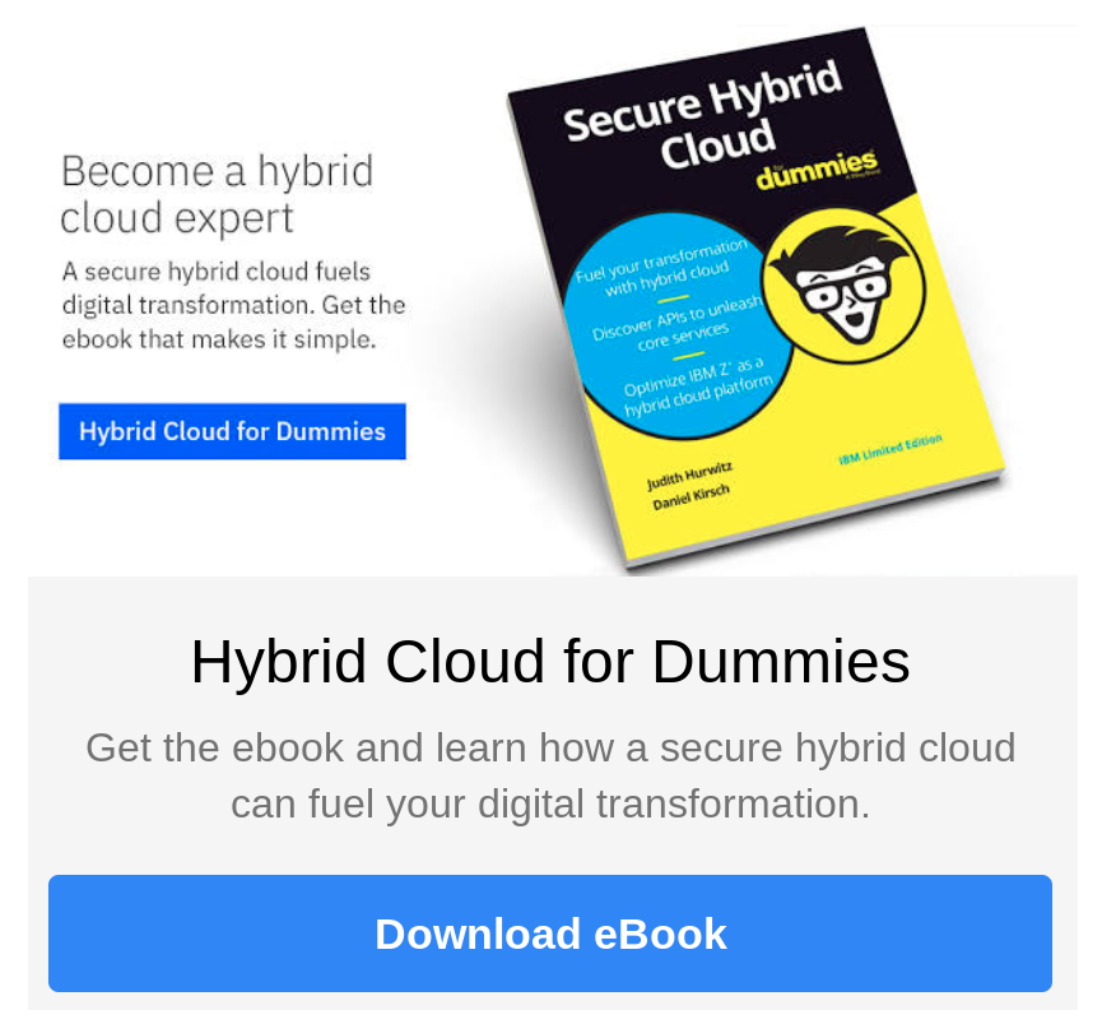
“Download eBook” — simple and free. Such giveaways build a rapport with customers, help with lead gen (by capturing contact details like email addresses) and generally support demand generation efforts throughout the sales cycle, without making a hard sales pitch that might alienate the audience.
White papers are also powerful inbound marketing assets, as they provide in-depth information that positions the brands associated with them as thought leaders and subject matter experts. This example from NETRONIC is typical of how white papers are used as gated assets in demand gen campaigns.
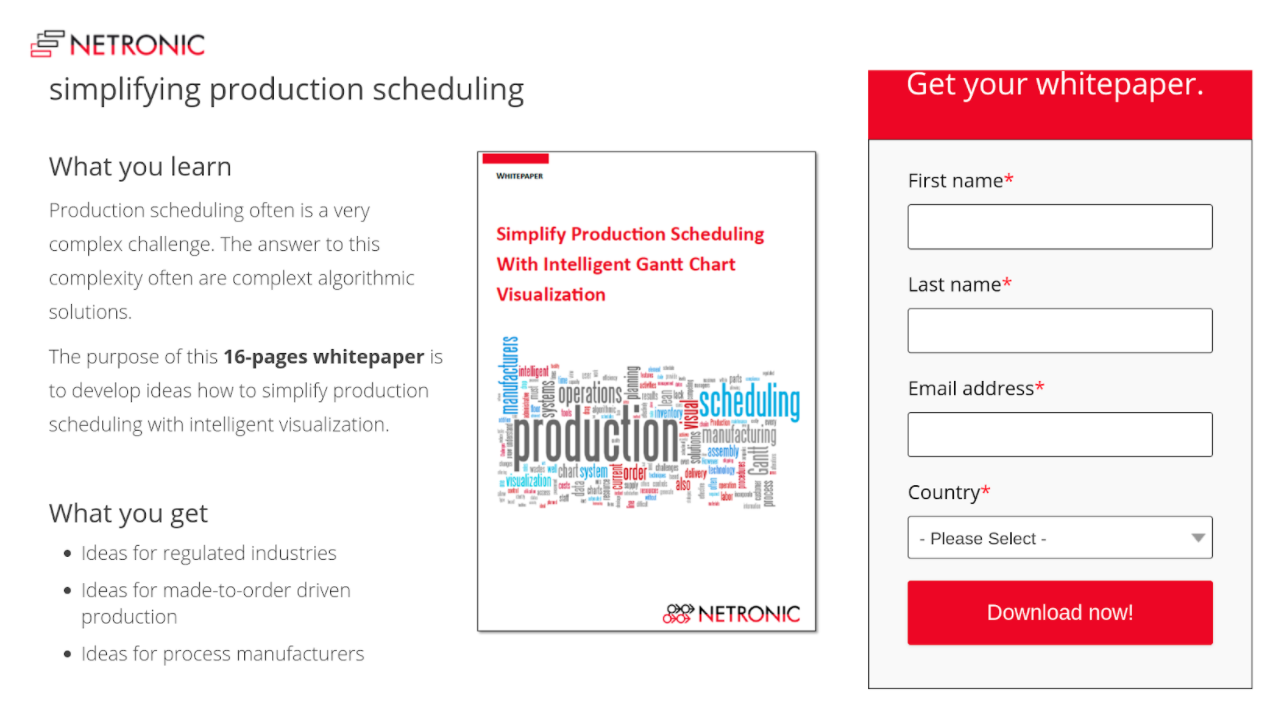
Downloaders of this paper are told they will get “ideas” on how to improve their production processes. In this way, NETRONIC presents itself as a credible thought leader, focused on the needs of potential customers and committed to building a respectful inbound marketing relationship with them, by offering content relevant to their industries as well as its own product and services
Common demand generation tactics that support this function: eBooks, white papers, webinars, keyword research, SEO, blogging.
3. Enabling sales
Demand generation marketing is a shared function across sales and marketing teams. Marketers produce MQLs, which ideally will turn into SQLs and then into meetings and conversions overseen by salespeople.
Whereas brand awareness and inbound marketing are both tasks solely for marketers, sales enablement sits at the boundary of marketing and sales. When B2C or B2B marketers need to give potential customers that last little push toward the sales side, they often resort to demand generation tactics such as testimonials and case studies, like this one about Bitly Campaigns:
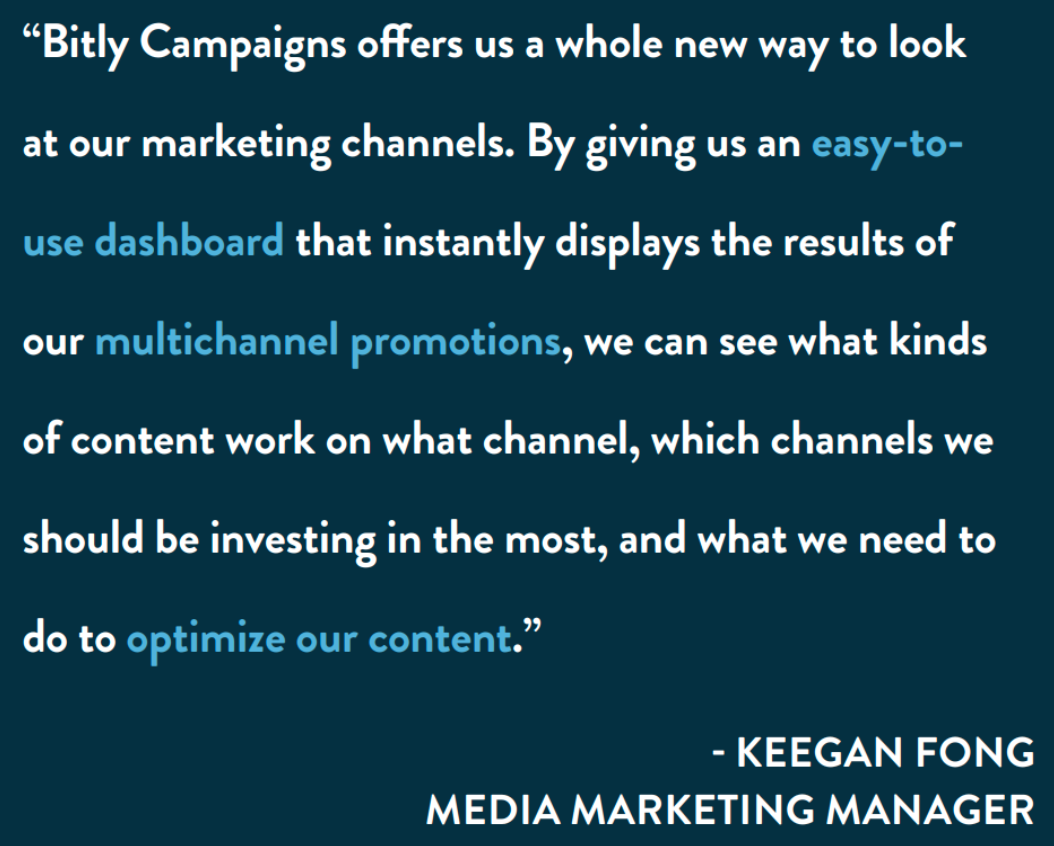
The case study itself features savvy graphic design and eye-catching statistics to show concretely how Bitly Campaigns can make a difference in content optimization. Overall, case studies are a more direct format than either eBooks or white papers for selling potential on something, since they get to read about how actual people are using the product or service in question.
Similar to how case studies often highlight statistics (e.g., “This customer saved [X]%”), other sales enablement tactics deployed within a demand generation marketing effort may appeal directly to a customer’s wallet (B2C) or budget (B2B). This savings calculator from FloQast is designed to generate demand for its platform by projecting savings:

It’s interactive, and fun in its own way, like a mini product demo. The customer gets to actively participate in the marketing process, instead of simply being told what to do, and if they like the numbers they see, they may be motivated to learn more about FloQast and go further down the marketing/sales funnel.
Common demand generation tactics that support this function: Case studies, testimonials, fact sheets, estimators, calculators, demos.
4. Supporting rebuys and retention
Demand generation marketing doesn’t stop when a sale is closed, as customer retention is an essential demand gen task. To this end, demand generation marketers may:
- Upsell customers on related and/or recently released products.
- Create guides and knowledge bases to help them learn more about what they’ve bought.
- Ask for feedback and recommendations
- Reward customer loyalty.
Google’s offer of a discounted Nest Hub as a reward to YouTube Premium subscribers is a prime example of adept customer retention strategy:
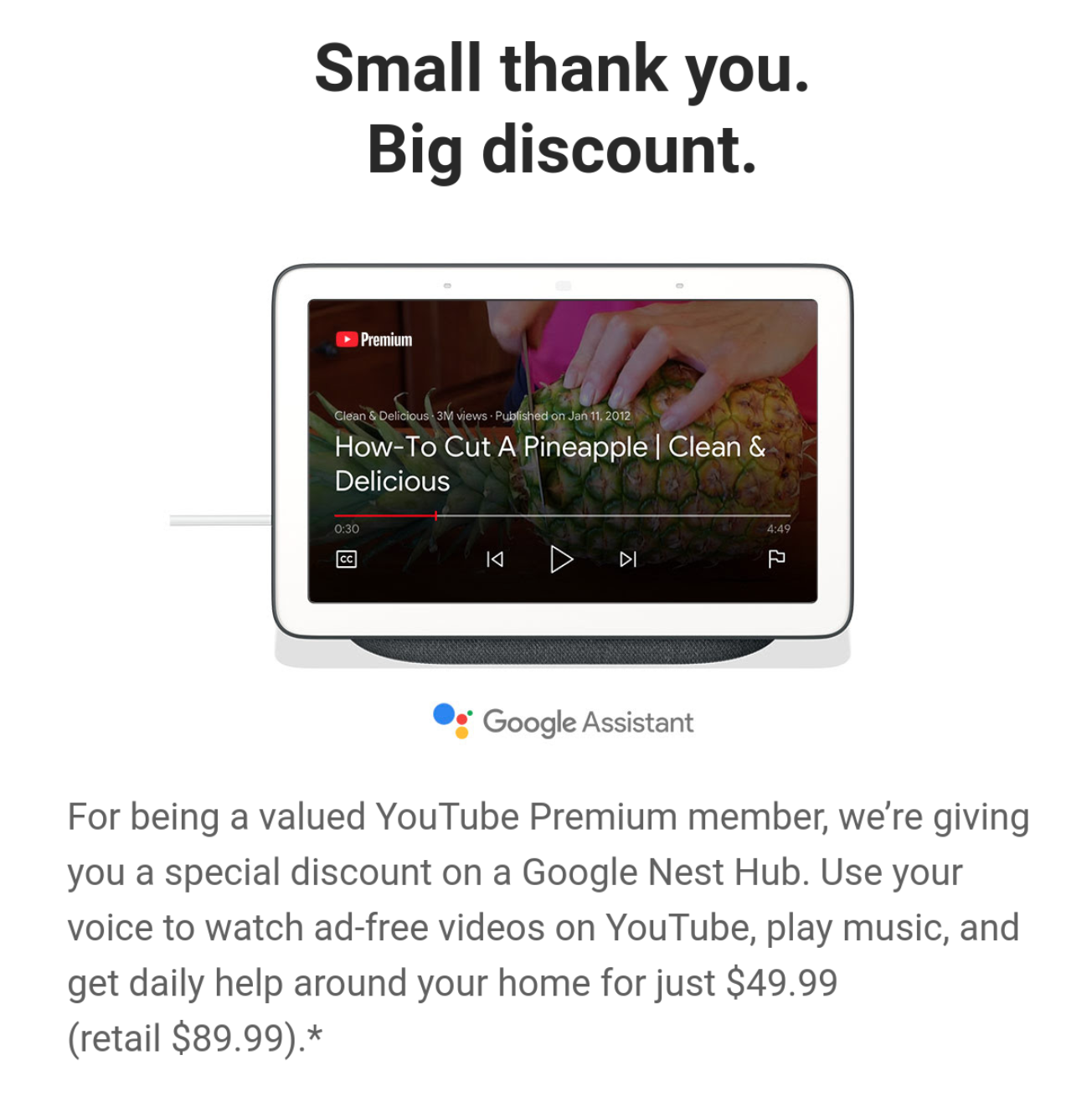
More specifically, it thanks the recipient for what they’ve already purchased and points out how much they would save versus MSRP by making an additional purchase. It’s pretty sales-y, sure, but in a way that makes the audience feel like they’re being rewarded for what they’re spending.
For a more subtle example of customer retention strategy, take a look at this free Trello webinar:
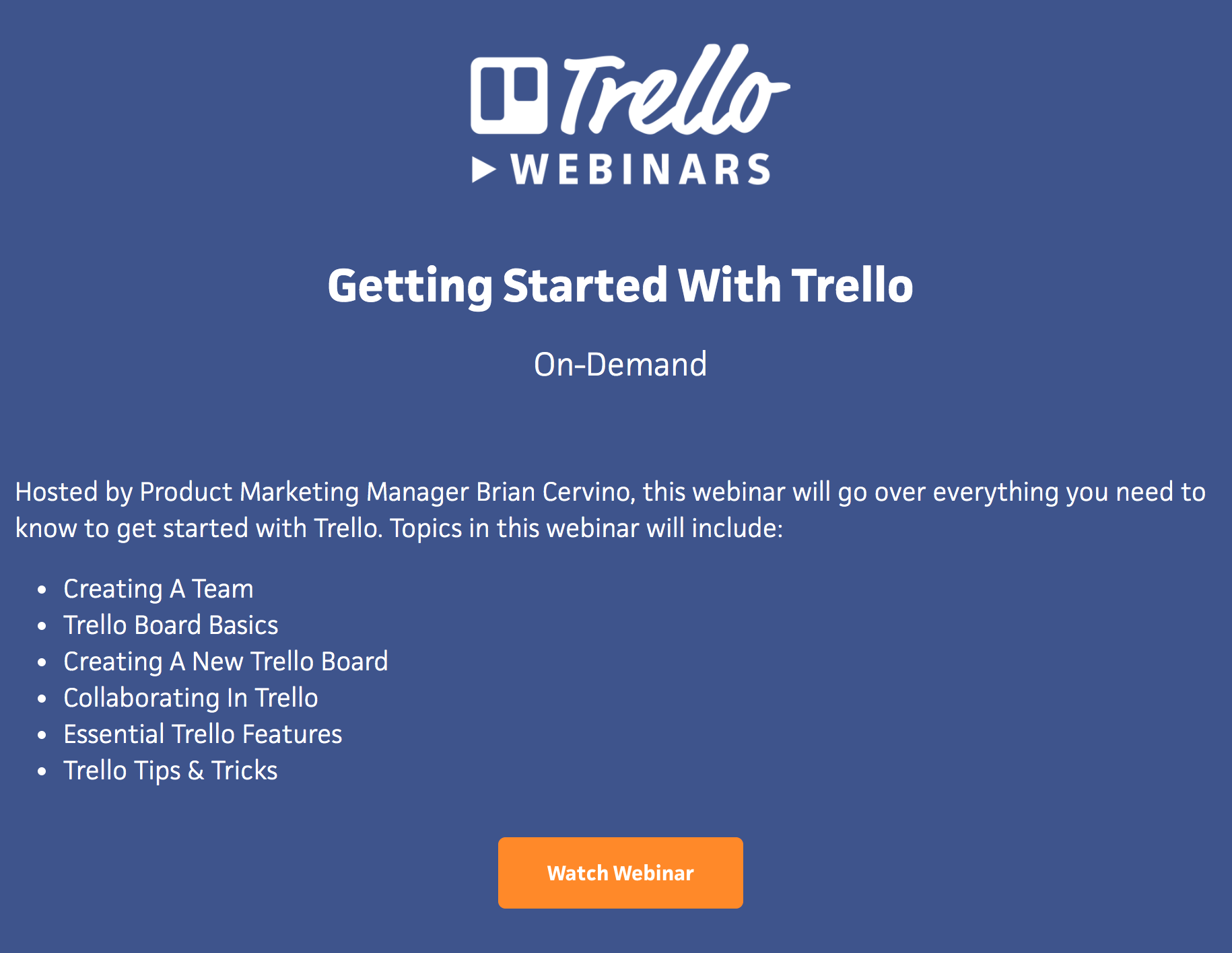
Targeted at existing Trello subscribers, it’s designed to deliver lots of expert advice, free of charge. While webinars and even more so knowledge bases and FAQs are often viewed as purely education resources, they’re also demand generation tactics, because they keep customers interested and help them avoid possible frustrations that could lead to cancellations.
Common demand generation tactics that support this function: Loyalty programs, customer surveys, knowledge bases, FAQs, upsell opportunities.
Demand better from your marketing initiatives
Demand generation marketing is a journey, not a destination. Marketers have to continuously identify, nurture and pass leads on to sales, and then start a new cycle of retaining those customers.
Technologies such as marketing automation platforms and CRM suites are important along the way, as are coherent strategies for content marketing and advertising. With the proper combination of people, processes and tech, you can elevate your demand gen initiatives and keep the marketing and sales pipeline filled.





